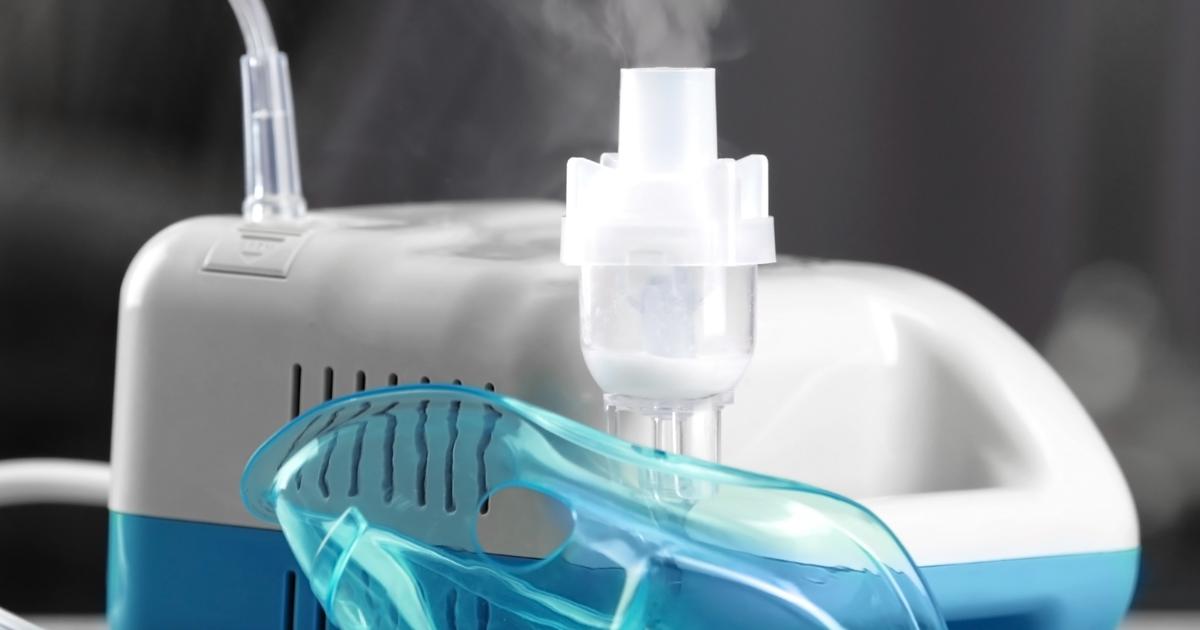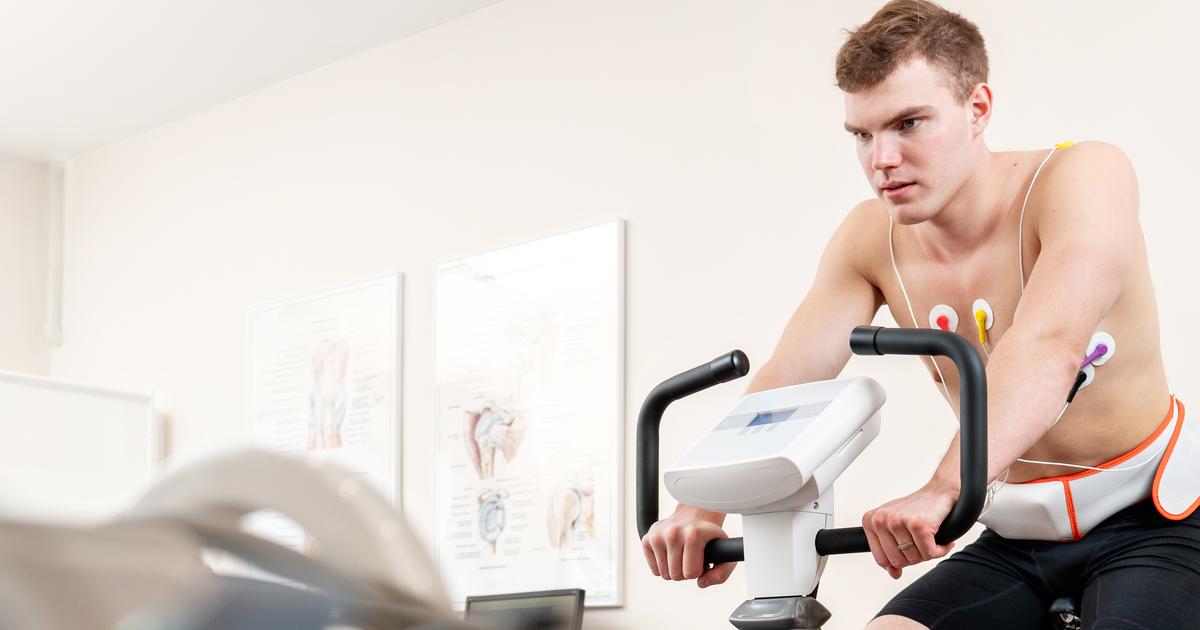How Is Asthma Diagnosed?
Testing To Induce Reaction Exercise-Induced Asthma
One of the ways doctors might diagnose asthma is by doing testing to see whether patients have exercise-induced breathing reactions. In the past, this condition was called exercise-induced asthma. Today, the preferred term is exercise-induced bronchoconstriction (EIB). Though up to ninety percent of individuals with asthma have EIB, not every patient with this condition has asthma. Some exercise-induced breathing issues can occur as a result of allergies. The most common symptoms of EIB are wheezing, shortness of breath, tightness in the chest, decreased endurance, coughing, upset stomach, or a sore throat. Triggers for the condition can include allergens related to certain sports. For example, running and cycling can cause allergy triggers related to pollution. Swimming can cause allergic reactions to chlorine. As individuals work out in a gym, there are several other potential allergens around including the carpeting, new equipment, paint, cleaners, and perfume. The condition is often diagnosed by having a doctor test the patient's breathing before, during, and after they run on a treadmill or undergo some other exercise.
Discover additional asthma diagnostic methods now.
Methacholine Test

One of the tests used to help diagnose asthma is a methacholine challenge test. Methacholine is a drug that, when inhaled, causes an individual's airways to narrow slightly within the lungs, mimicking the effects of asthma on the lungs. This type of test can be performed in a pulmonary function lab or doctor's office. However, a methacholine test can be dangerous if individuals have low lung function, have had a stroke or heart attack within three months, have uncontrolled blood pressure, have suffered a brain or aortic aneurysm, or are pregnant or nursing. Before the test, patients will be asked to stop using inhalers or certain medications to make sure the result is accurate. The day the test is performed, patients shouldn't drink or eat any products containing caffeine. In addition, patients should talk to their doctor about any other factors that might affect the test, like exercise, upper respiratory infections, and smoking. The test begins with a spirometry test, and then increasing doses of methacholine are given through a nebulizer.
Get more details on ways in which asthma can be diagnosed now.
